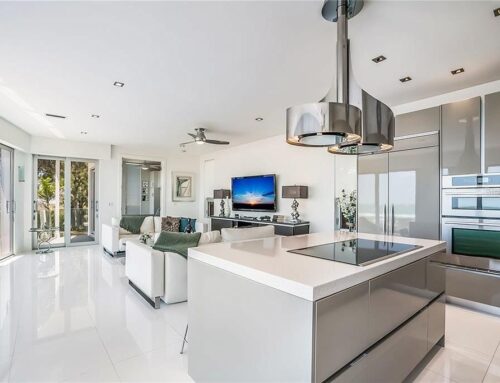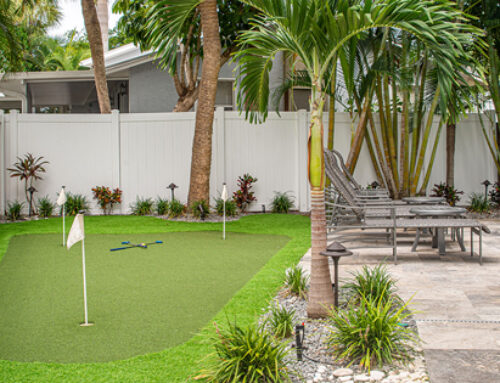The spaces we inhabit profoundly influence our mental and emotional well-being. The psychology of home design delves into this intricate relationship, offering insights into how our living environments can nurture happiness, inspire productivity, and foster a sense of peace. This article explores the impact of architectural design on well-being and provides practical tips for creating spaces that positively affect our daily lives.
Understanding the Psychological Impact of Home Design
Home design goes beyond aesthetic appeal, touching on various psychological aspects that affect our mood and behavior. Color theory, spatial arrangement, and natural light are just a few elements that can have significant effects on our mental health. For example, certain colors can evoke feelings of calm or energy, while the presence of natural light has been linked to improved mood and increased productivity.
Creating Spaces for Well-being
Designing for well-being means creating spaces that not only look good but also feel good. It involves considering the functionality of a space and how it aligns with the occupants’ lifestyle and needs. A well-designed home can reduce stress, enhance creativity, and promote healthier living habits.
Tips for Enhancing Well-being Through Design:
- Maximize Natural Light: Incorporate large windows, glass doors, and strategically placed mirrors to enhance the amount of natural light in your home, boosting mood and energy levels.
- Choose Colors Wisely: Select colors that reflect the mood you want to create in each room. For instance, blues and greens can create a calming atmosphere, while yellows and oranges can energize a space.
- Incorporate Nature: Bringing elements of nature indoors, such as plants, water features, and natural materials, can reduce stress and improve air quality, enhancing overall well-being.
- Design for Comfort: Ensure that furniture not only matches the aesthetic of your home but is also comfortable and ergonomically designed to support your body.
- Personalize Your Space: Personal touches, such as family photos, artwork, and collectibles, can make a space feel more comforting and secure.
The Role of Functional Spaces
The functionality of a space is paramount in the psychology of home design. Spaces designed with a clear purpose in mind can help reduce clutter, improve organization, and make daily tasks more efficient. For example, a well-organized kitchen designed for ease of use can make cooking a more enjoyable and less stressful experience.
The Impact of Clutter
Clutter can have a negative impact on our mental well-being, leading to feelings of anxiety and overwhelm. Designing with ample storage solutions and adopting a minimalist approach where possible can help maintain a sense of order and tranquility in the home.
The psychology of home design underscores the importance of thoughtful and intentional design choices in creating spaces that promote well-being. By understanding and applying principles that positively influence mood and behavior, we can transform our homes into sanctuaries that support our mental and emotional health. As we continue to explore the relationship between space and well-being, it becomes clear that the spaces we create are not just places to live but environments that shape our daily experiences and overall quality of life.





